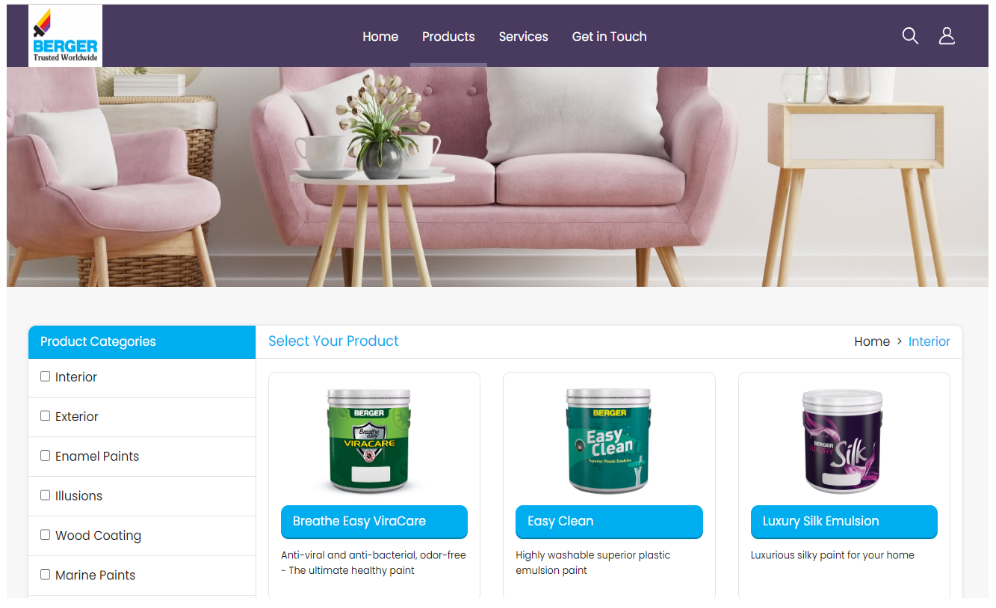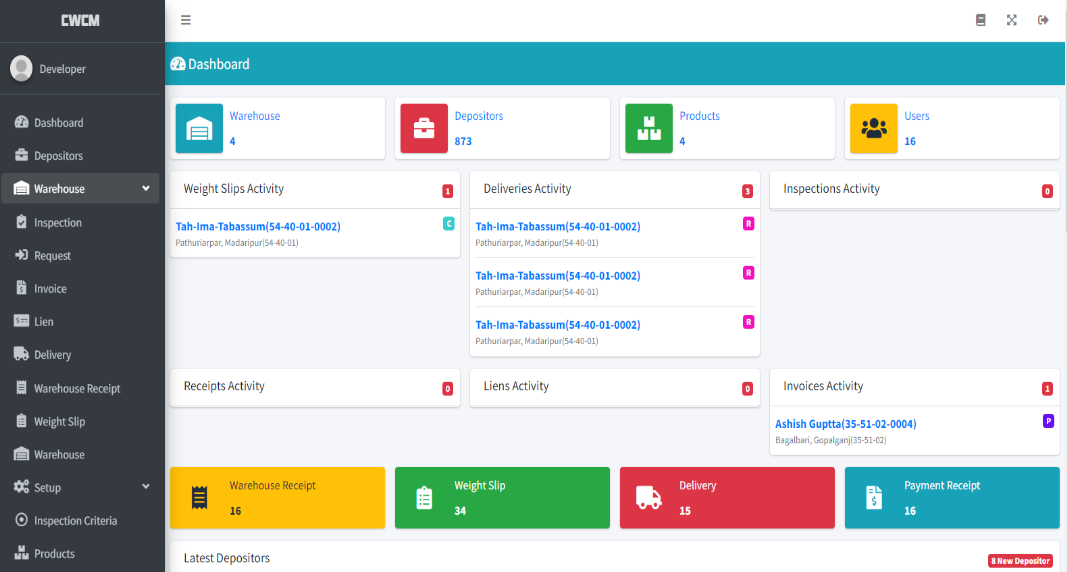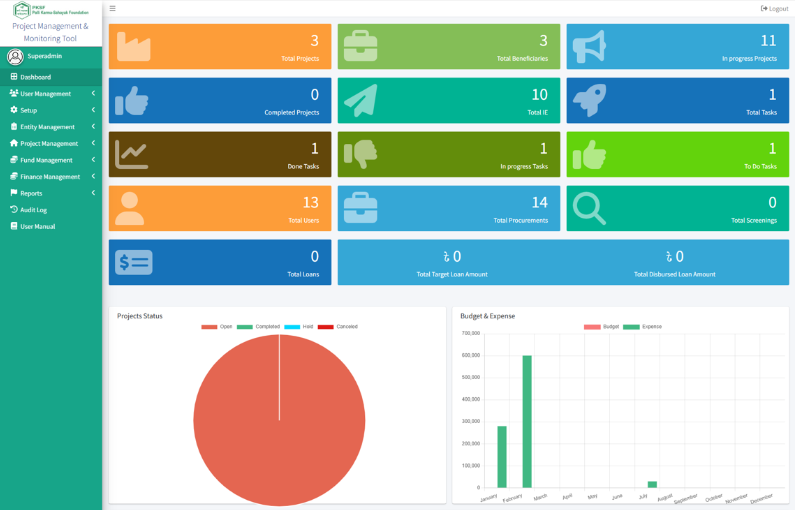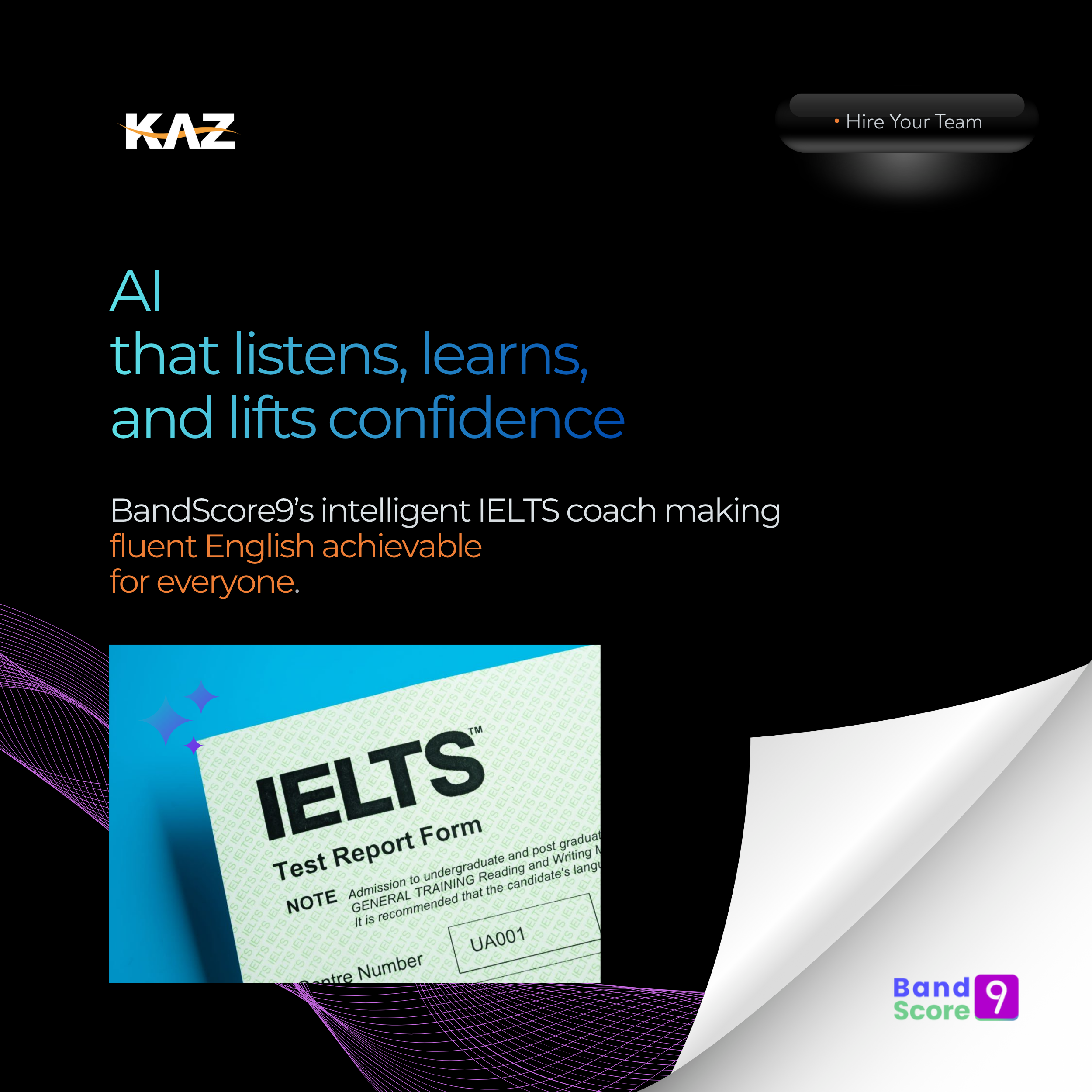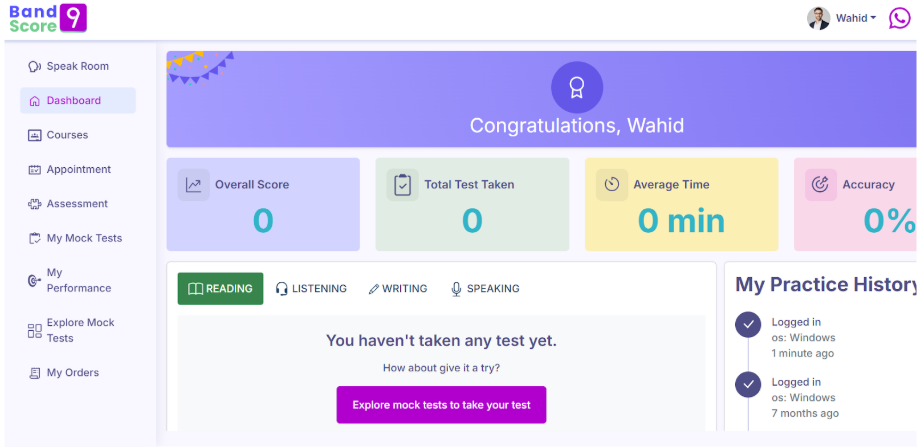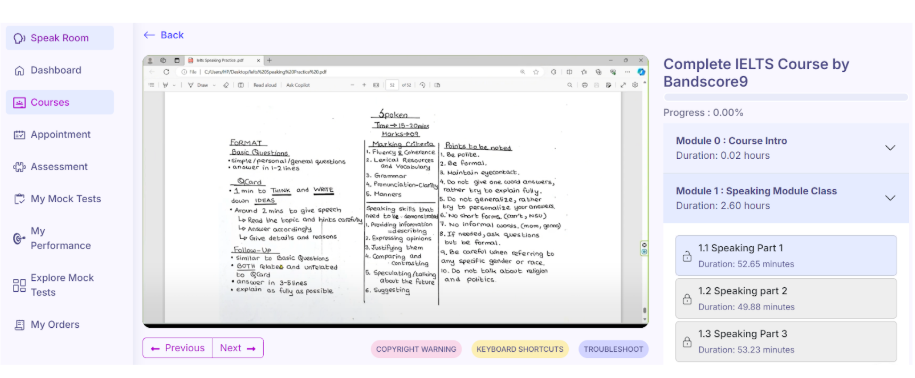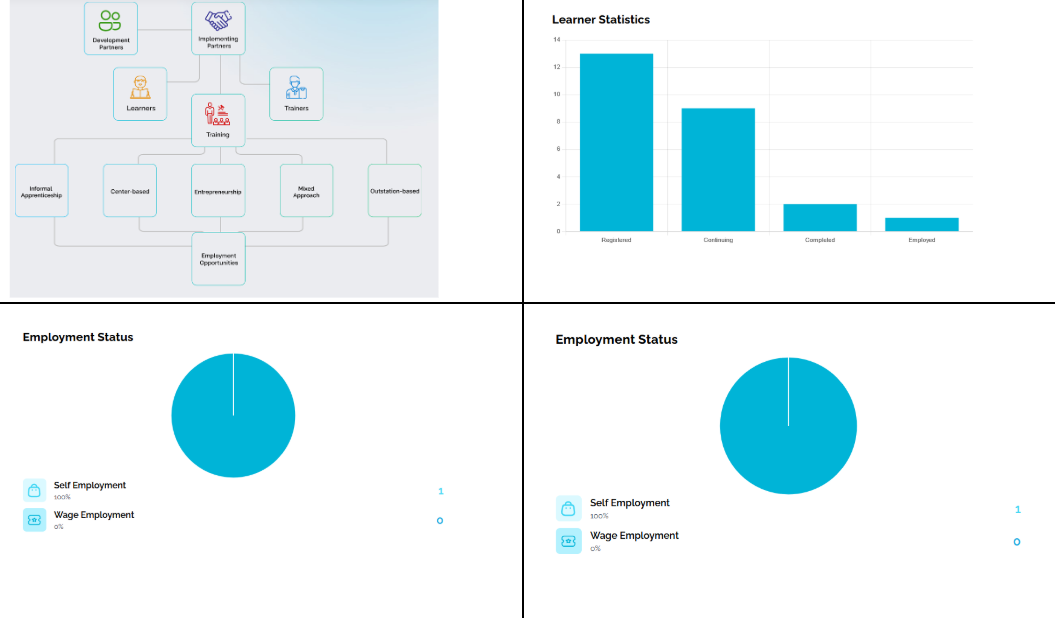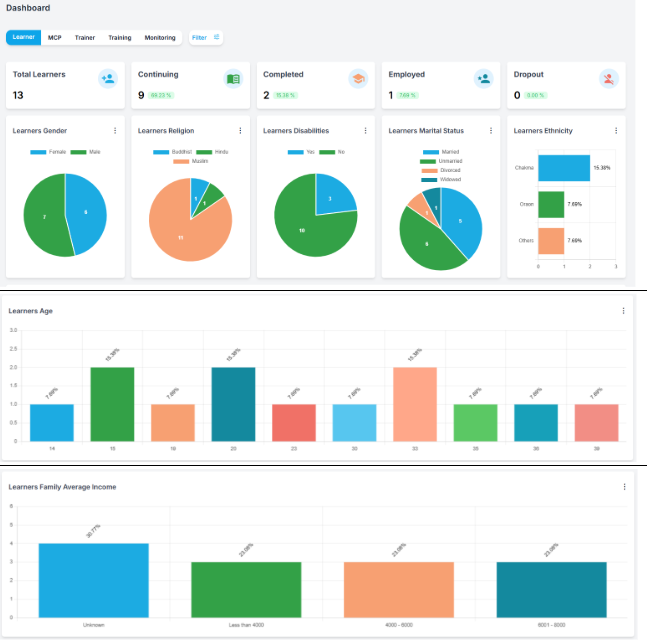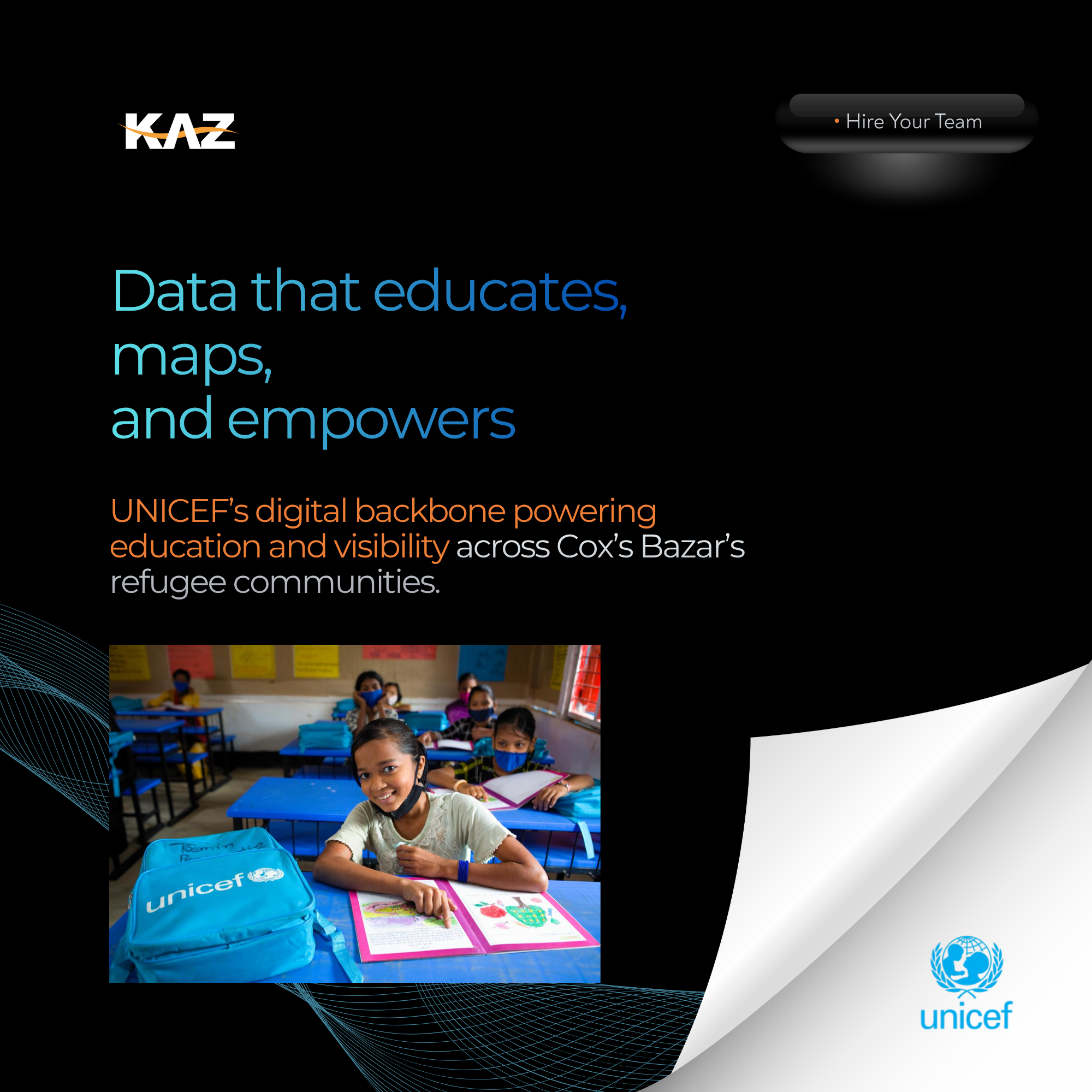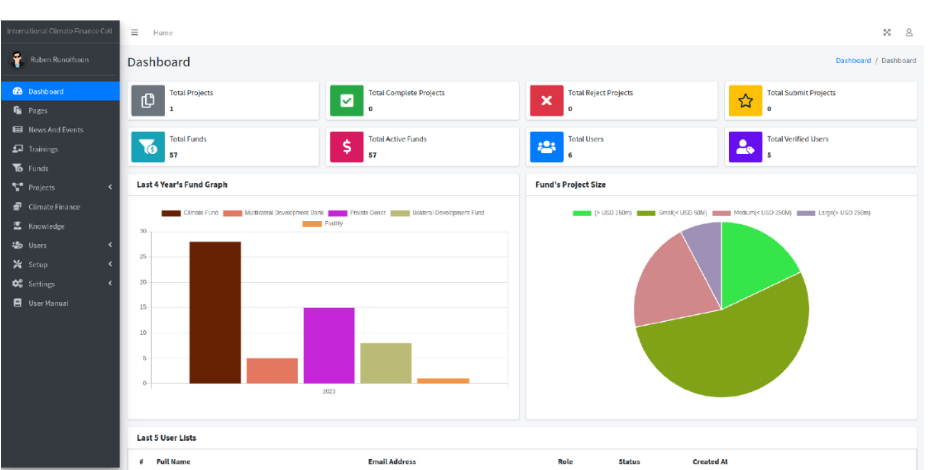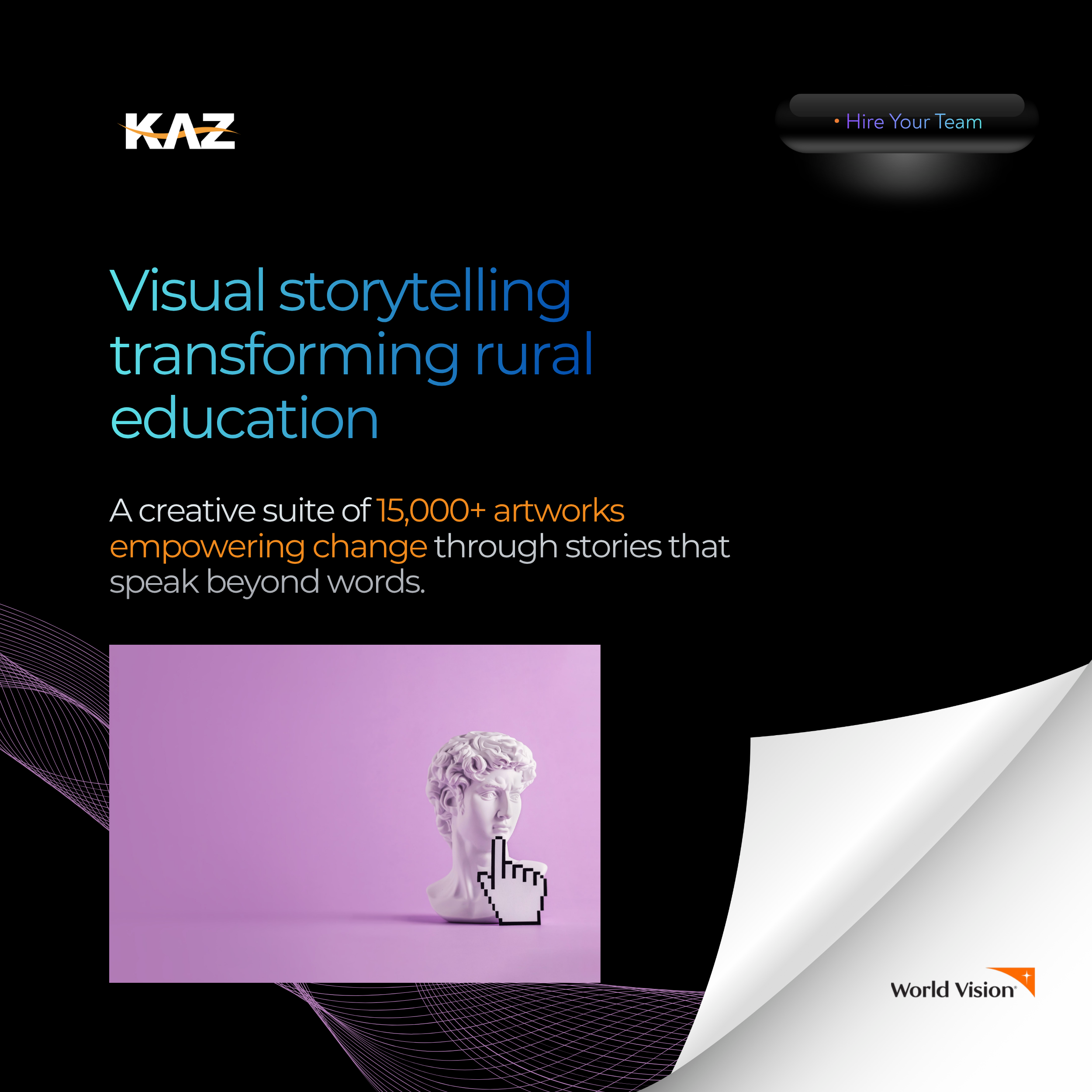Corporate website and eCommerce platform for a multinational paint manufacturer
/The Need
Berger Paints, a globally trusted paint manufacturer, needed a comprehensive digital presence that could serve multiple stakeholders—from direct consumers to dealer networks—while empowering their marketing team with full content control. They were looking for a corporate website and eCommerce system that could handle direct product sales, provide secure dealer access, and offer robust administrative controls for managing users, content, and reporting. The challenge was to create a flexible, scalable platform that could support their evolving digital roadmap while maintaining the security and reliability expected from an enterprise-grade solution. With aspirations to reach hundreds of thousands of customers online and create millions of annual brand impressions, Berger needed a platform that could grow with their ambitions.
The Solution
We built a comprehensive Website & eCommerce Platform that transformed Berger's digital presence and enabled direct-to-consumer sales at scale. The solution represents a complete end-to-end digital ecosystem designed to serve multiple user types and business needs. At the heart of the platform is a Custom CMS with Admin Controls that provides Berger's marketing team with full content, structure, and visual control through a secure admin interface. This empowers non-technical team members to manage campaigns, update content, and maintain the site without developer dependency, while maintaining robust user roles and reporting capabilities for governance and analytics.
The Integrated eCommerce Platform enables both direct-to-consumer and dealer sales channels with a built-in payment gateway and comprehensive product catalog. Customers can browse products, place orders, and complete transactions seamlessly, while dealers have their own secure access portal for bulk ordering and account management. The platform supports Berger's complex business model by accommodating different pricing structures, user types, and transaction flows within a single unified system. We delivered complete End-to-End services covering every aspect of the digital transformation—from UX/UI design and architecture planning to Laravel/PHP development, data migration from legacy systems, and comprehensive testing. This holistic approach ensured the platform launched smoothly and integrated seamlessly with Berger's existing business processes. The impact has been substantial: the platform has enabled over 500,000 direct buyers to purchase online and generates more than 1,200,000 annual customer impressions, dramatically expanding Berger's digital reach and creating new revenue streams while enhancing brand visibility.
The Challenge
The primary challenge was building a platform flexible enough to serve multiple audiences—direct consumers, dealer networks, and internal marketing teams—while maintaining security, performance, and ease of use for each group. The eCommerce functionality needed to support complex business logic including different pricing tiers, dealer-specific catalogs, secure payment processing, and inventory management, all while providing a seamless shopping experience. Creating a CMS that was powerful enough for enterprise needs yet intuitive enough for non-technical marketing staff required careful UX design and extensive user testing. The system needed to support Berger's content-heavy approach with campaign management capabilities, while ensuring that content updates wouldn't break the site or compromise security.
Data migration from Berger's existing systems presented significant technical challenges, as legacy product data, customer information, and dealer relationships had to be accurately transferred without disruption to ongoing business operations. The platform also needed to be architected for scale from day one, capable of handling hundreds of thousands of concurrent users during peak promotional periods while maintaining fast load times and transaction reliability. Balancing full content control for the marketing team with secure administrative controls and reporting required sophisticated role-based access systems and audit trails throughout the platform.
The Partnership
Our collaboration with Berger Paints was a true end-to-end partnership that went far beyond development. We began by working closely with their marketing, sales, and IT teams to understand their business model, customer journeys, and operational workflows. This deep discovery phase informed every design and architectural decision throughout the project. We took ownership of the entire digital transformation journey—conducting user research to design intuitive interfaces for different user types, architecting a scalable platform that could support Berger's growth ambitions, managing complex data migration from legacy systems, and conducting rigorous testing to ensure a flawless launch.
The partnership included extensive training for Berger's marketing team on the CMS, ensuring they could confidently manage content and campaigns independently. We also provided ongoing support during the critical post-launch period to optimize performance and address evolving business needs. The measurable success—enabling 500,000+ direct buyers and generating 1,200,000+ annual customer impressions—demonstrates how this collaborative approach created a digital platform that not only met immediate needs but positioned Berger for continued growth in the digital marketplace.
Tech Stack
We engineered the platform using PHP Laravel, MySQL, and WordPress to deliver a solution tailored to Berger's requirements for flexibility, security, and full content control. Laravel provided the robust framework for custom eCommerce functionality and complex business logic, MySQL ensured reliable data management at scale, and WordPress powered the content management system with its proven CMS capabilities. This technology combination supported seamless CMS operations and eCommerce features built around Berger's evolving digital roadmap, providing the flexibility to adapt to changing business needs, the security required for financial transactions and user data protection, and the performance necessary to serve hundreds of thousands of customers with millions of annual impressions.



